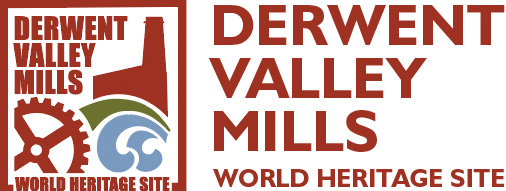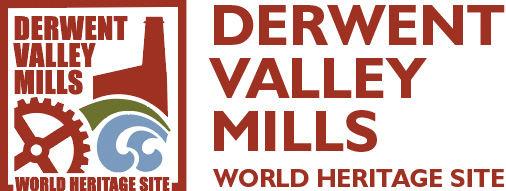glossary
A Glossary of terms used in this section
Article 4 Direction
A planning measure which brings under control minor works, normally exempt from control.
Conservation Area
A statutory designation by a local authority, of an area of special architectural or historic interest, the character or appearance of which it is desirable to preserve or enhance.
Conservation Area Partnership (CAP)
A grant aid scheme funded by local authorities and either English Heritage or the Heritage Lottery Fund, to assist the repair and enhancement of historic buildings and their setting, in a Conservation Area.
Cottonopolis
Cotton city, a Victorian sobriquet for Manchester as the world centre of the cotton industry.
Countryside Stewardship Agri-environment Scheme
A scheme which makes payments to farmers and land managers to improve the natural beauty and diversity of the countryside.
Flume
An artificial watercourse. The word is often used to describe the channels which carried water to, or away from, a mill.
Fulling Mill
A mill where cloth is shrunk and compacted by vigorous pounding using water and a fulling agent. Historically this was generally human urine.
Goit or Goyt
A man-made watercourse frequently associated with the delivery of water to a mill wheel or with its discharge from the wheelpit.
Jenny
A multiple spindle spinning machine invented by James Hargreaves in the late 1760s. These machines were hand-operated and so were ideally suited to operations within a cottage or a small workshop.
Landscape Character Assessment
A method for recording the way different components of the landscape – physical, natural and cultural – interact and are perceived.
Launder
A channel often made of wood for conveying liquids.
Leat
A man-made watercourse frequently associated with the delivery of water to a mill wheel or with its discharge from the wheelpit.
Lengthman
A person employed to maintain a section of road, railway or canal.
Listed Building
A statutory term for buildings of special architectural or historic interest, which are listed in three grades, I, II* or II, depending upon their level of importance.
Local Nature Reserve
A statutory designation by a local authority of an area to be managed, in the long term, for its biodiversity value.
Mule
The spinning mule was invented by Samuel Crompton, 1753-1827, in England in the 1770s. The mule did not become widespread in commercial use until the end of the century and did not reach full maturity until 1825-1830 when the fully mechanised version was developed by Richard Roberts. The mule acquired its name because it combines the drafting rollers of Arkwright’s water frame with the moving carriage of Hargreave’s spinning jenny.
Nail Shop
A workshop where nails were made by hand from bar iron.
Outshut
An extension to a building under a lean-to roof.
Perron
An external flight of steps and landing giving access to the piano nobile level of a building.
Peruke
A wig. A peruke maker – a person who makes wigs.
Pigcote
A small permanent housing for pig rearing which incorporates shelter and an open area for exercise. Also known as a pigsty.
Quoin, coyn or coin
Usually the dressed stones which form the external angle of a building.
Registered Parks and Gardens
Historic designed landscapes entered in a register which is compiled by English Heritage to draw attention to their importance.
Scheduled Ancient Monument (SAM)
A statutory designation for an archaeological site, building, earthwork or other man-made structure which can date from pre-historic to modern times and which is scheduled for its national archaeological importance.
Site of Importance for Nature Conservation (SINC)
A non-statutory designation of a site of regional or county level importance encompassing geology and biodiversity.
Site of Special Scientific Interest (SSSI)
A statutory designation of a site of national or international geological or biodiversity importance identified by English Nature.
Sough
An underground channel used to drain water from lead mines.
Special Area of Conservation (SAC)
A statutory designation of a site of European geological or biodiversity importance which contributes to the Natura 2000 Network under Article 3(1) of the Habitats Directive.
Special Landscape Area
A non-statutory designation of the finest Derbyshire landscape, outside the Peak District National Park, to which are applied special planning policies designed to preserve and enhance its character.
Stockinger
A person, usually a man, who made stockings and other clothing using a knitting frame sometimes called a stocking frame.
Throwing
The term applied to the spinning of silk by winding, doubling and twisting.
Town Scheme
A now discontinued conservation area grant aid scheme funded by local authorities and English Heritage, which has been replaced by a Conservation Area Partnership.
Tram
A lightly spun silk yarn consisting of single threads of silk doubled and gently twisted. Tram was used by silk weavers for weft yarn.
Truck
The word literally means exchange. A truck shop was the place where workers could exchange tokens or notes guaranteeing them goods to a certain value for the goods that they needed. It was a system which was open to exploitation by the factory masters. In the early industrial communities a shortage of coins encouraged factory masters to turn to the payment of wages partly in goods and services.

